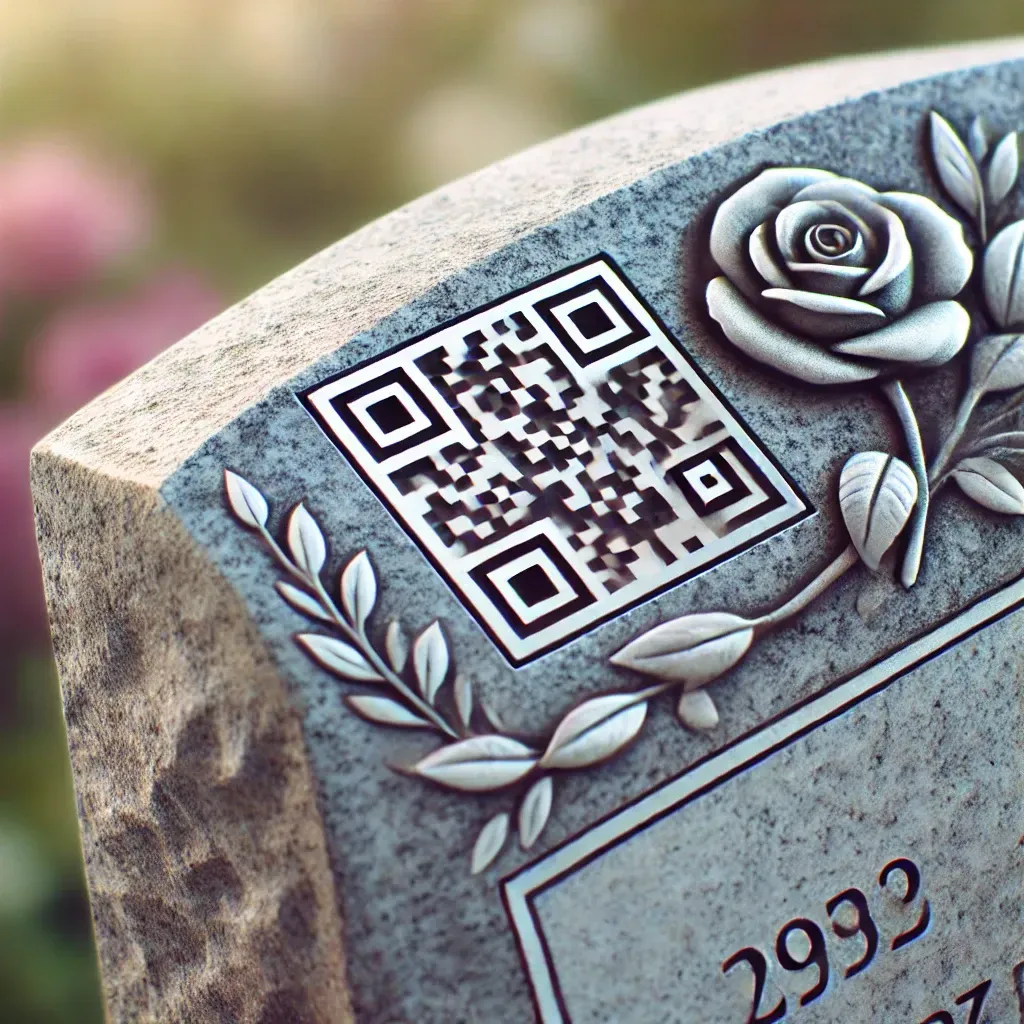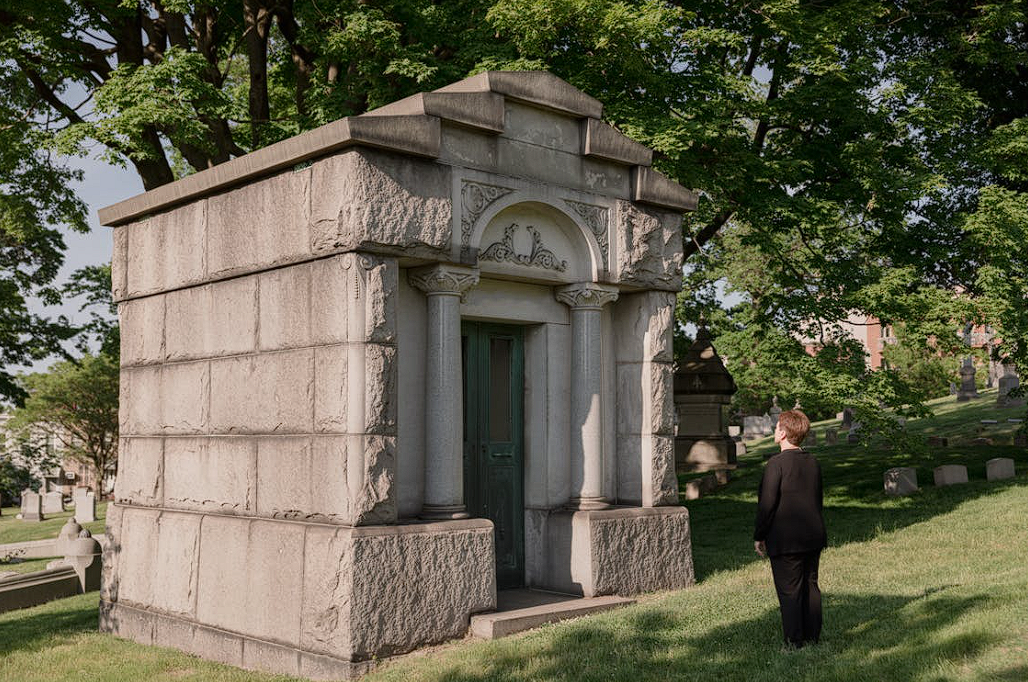Discover how cemeteries are embracing QR codes on headstones to create interactive memorials. Explore the future of digital legacy preservation.

Cemeteries in Cincinnati, OH are embracing modern technology to bridge the gap between past and present, with QR codes on headstones becoming a unique way to preserve legacies and share stories. As traditional memorials meet digital innovation, these small scannable codes are transforming how we remember and honor loved ones.
What Are QR Codes on Headstones?
A QR (Quick Response) code is a type of barcode that can be scanned using a smartphone or tablet. When placed on a headstone, it directs visitors to a personalized online memorial page. These pages can include photos, videos, biographies, and even heartfelt messages from family and friends. For visitors at cemeteries in Cincinnati, OH, this technology adds a deeply personal connection to the stories behind the names etched in stone.
The Growing Popularity of QR Codes in Cemeteries
In a world where digital content plays a central role in storytelling, cemeteries in Cincinnati, OH are witnessing a growing trend of families opting for QR codes on headstones. It allows them to create an interactive experience for visitors, ensuring their loved one's legacy is preserved in an engaging way. These digital memorials not only keep the memory of the departed alive but also serve as a meaningful tool for connecting future generations to their family history.
Additionally, QR codes provide a bridge between traditional and modern memorialization practices. While the physical presence of a headstone remains sacred, the digital addition offers depth, context, and an emotional narrative that a simple inscription cannot provide.
How Does It Work?
- Design and Installation: A small, weather-resistant QR code plaque is attached to the headstone.
- Content Creation: Families can upload photos, videos, and written tributes to a dedicated memorial webpage.
- Visitor Interaction: Anyone visiting the grave can scan the QR code with their phone and view the memorial content.
- Updates and Maintenance: Digital content can be updated over time, ensuring the memorial stays relevant and meaningful.
Why Choose QR Codes for Memorialization?
- Storytelling Beyond Dates: Headstones often limit information to names and dates. A QR code can share a complete life story.
- Accessibility: Families who can't visit in person can still access and contribute to the memorial.
- Preservation: Digital memorials are not affected by weather or physical damage.
- Interactivity: Visitors can engage with multimedia content, making the experience more memorable.
- Global Reach: Loved ones from anywhere in the world can access the digital memorial page.
Rest Haven Memorial Park is among the forward-thinking cemeteries incorporating this innovation. Families now have the option to leave behind a more interactive legacy for generations to come.
Real-Life Examples of QR Code Memorialization
In several cemeteries in Cincinnati, OH, QR codes have been successfully implemented on headstones. Families have shared touching video tributes, recorded messages, and even family tree information via these digital memorials. Visitors scanning these codes often describe the experience as deeply moving and incredibly personal.
Are QR Codes the Future of Cemeteries in Cincinnati, OH?
As technology continues to evolve, QR codes on headstones may become a standard feature in cemeteries in Cincinnati, OH. They offer a meaningful way to keep memories alive and share stories with future visitors who might otherwise only see a name and a date. Digital memorials represent an evolution in how we grieve, remember, and celebrate lives well-lived.
Rest Haven Memorial Park is proud to be part of this digital transformation, helping families celebrate their loved ones in a modern and heartfelt way.
Final Thoughts
Whether you're planning a memorial or simply exploring new ways to honor the past, QR codes on headstones offer a beautiful blend of tradition and technology. Cemeteries in Cincinnati, OH are not just places of remembrance—they're becoming spaces of connection, storytelling, and legacy preservation.
By embracing these innovations, families can ensure their loved ones' stories live on, accessible to anyone with a smartphone and a desire to remember.











